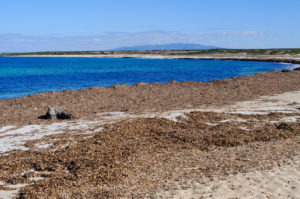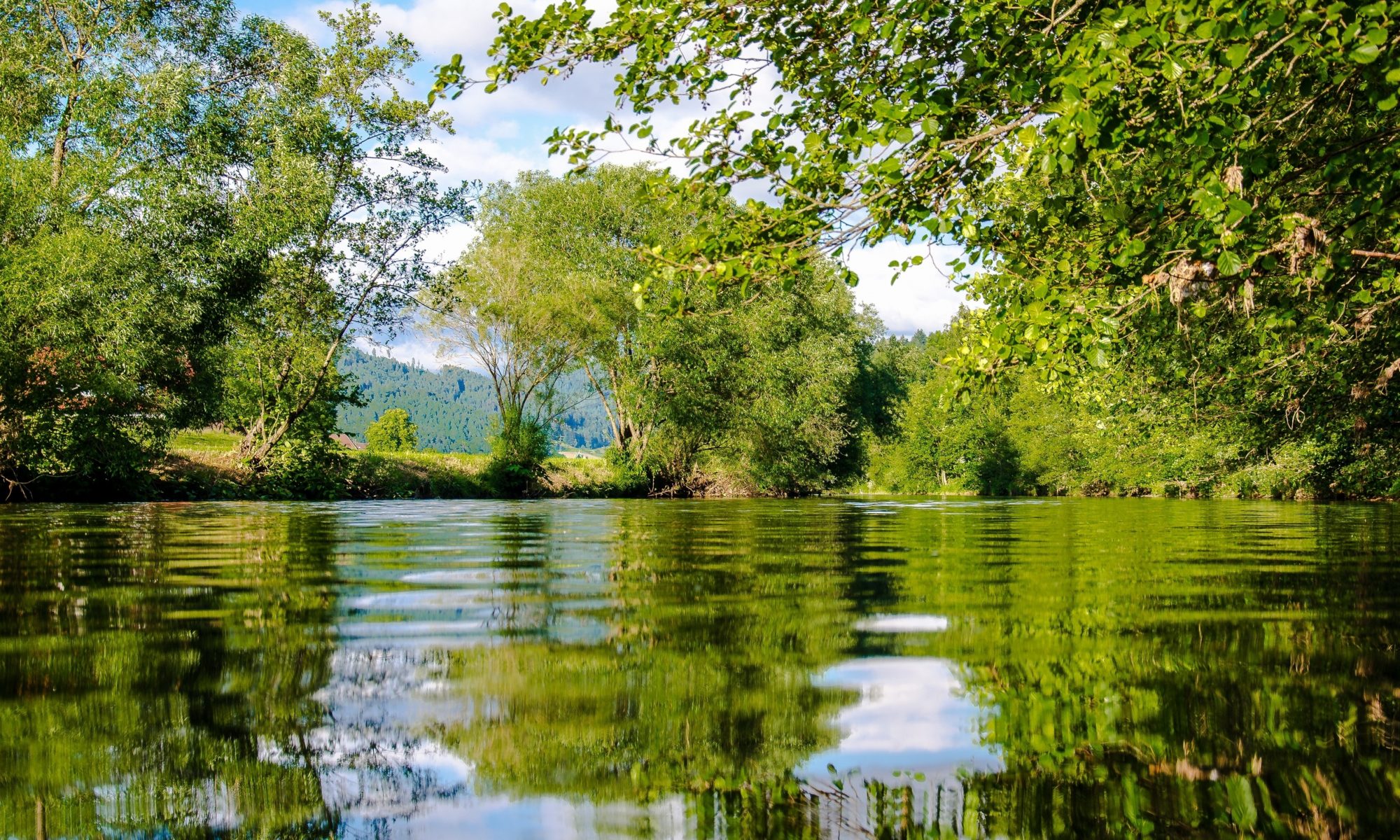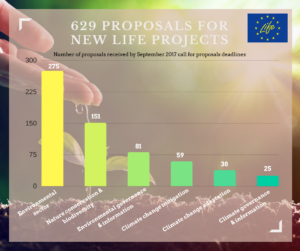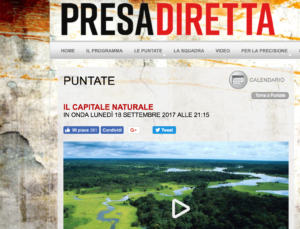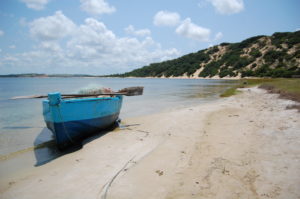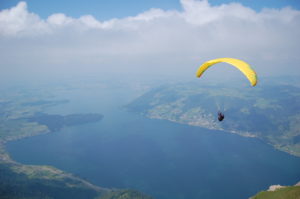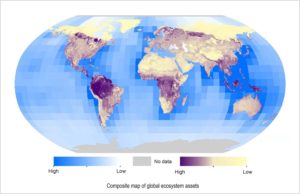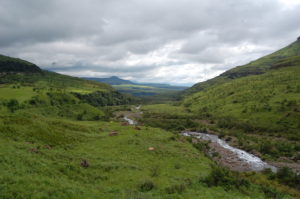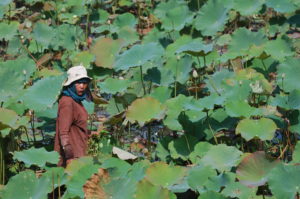The goal of the LIFE SEPOSSO project is to carry out activities (in compliance with the 2015 European Directive on Environmental Impact Assessment (EIA) and the 2014 Maritime Spatial Planning (MSP) Directive) that support the restoration of P. oceanica meadows that have been destroyed by infrastructural marine works, using in particular information systems and information tools. The main objective of the project is to create an electronic information system to measure and evaluate the efficiency and effectiveness of the inspection and surveillance works related to EIA prescriptions. This includes the transplanting of P. oceanica as an alternative method for meadows restoration, given that in Italy specific EIA procedures have identified transplanting as the best measure available for restoring destroyed meadows.
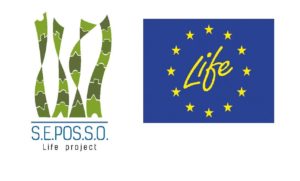
In general, for a sustainable use of marine resources based on an ecosystem approach, the implementation of MSP requires a strong interaction with the 2001 Strategic Environmental Assessment (SEA) and EIA Directives. The acquisition and organisation of data needs to be planned and carried out at every single level.
Transplanting should not encourage indiscriminate overexploitation of the coasts. To ensure this doesn’t happen, specific planning, coupled with effective monitoring tools, needs to be provided. It is also essential to promote knowledge and awareness of this issue among the different stakeholders to better manage the different phases of the process.
Alessandro, Giacomo and Daniel, contracted by SETIN srl, associated beneficiary, are working in SEPOSSO Project Management and in the analysis of the Ecosystem Services provided by Posidonia meadows.
